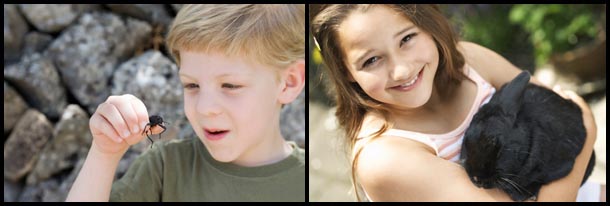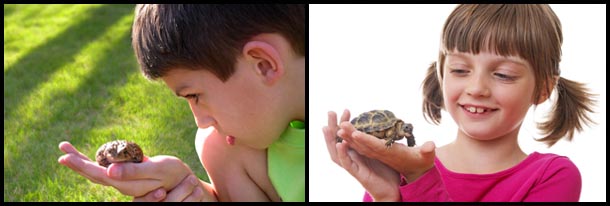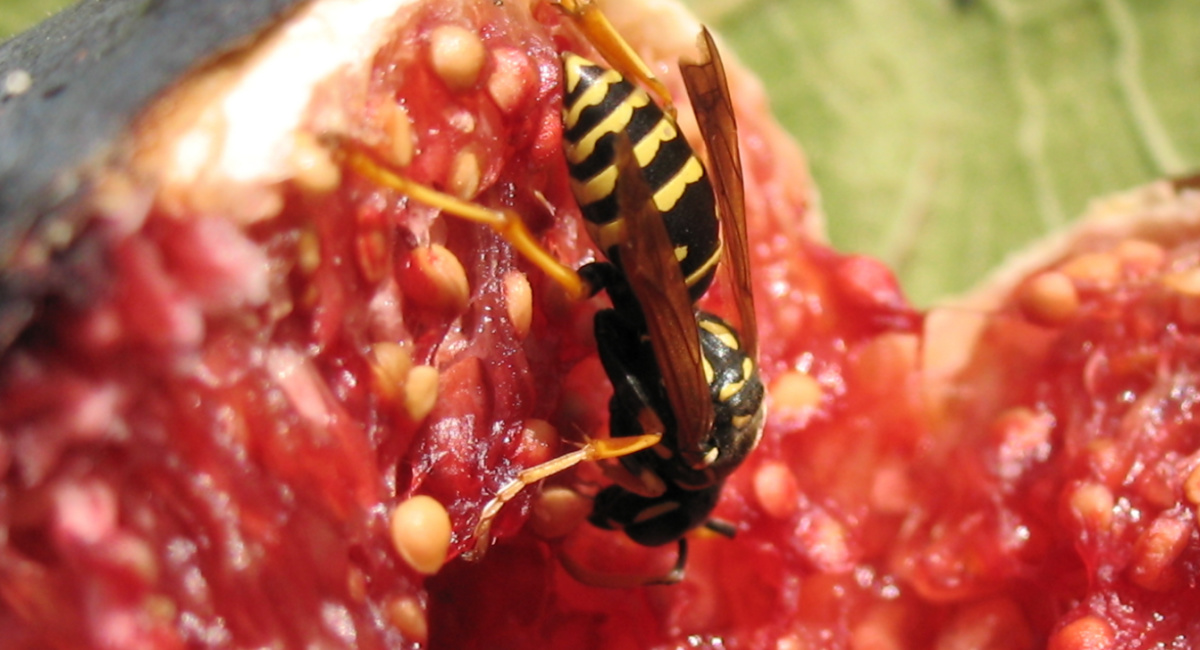Figs contain seeds which can create a crunch reminiscent of a dead wasp involved in fig fertilization, but don’t worry there’s no dead wasps in your average fig!
Figs contain a lot of nutrients and antioxidants. They have numerous health benefits. These include promoting digestive health due to their high levels of fiber as well as improving diet quality and aiding weight management. They may also support bone health and promote healthy blood pressure. So overall, figs contain a lot of rich goodness on top of being a tasty treat!

One thing you won’t find in a fig despite what the internet may tell you is wasps. This myth comes from the rather unique way that figs are fertilized. We’ll go into that below as well as some other strange fruit breeding methods.
Why would figs contain wasps?
Figs, like all plants, need a method of spreading their pollen between plants in order to spread and grow. Where figs differ from other plants is in their method of doing so. Female wasps penetrate figs and work their way inside. In the process, their wings fall off meaning they are now trapped within the fig! Whilst inside, they lay their eggs before dying within the fig. The brand new, freshly laid wasp larva then hatch and leave the fig with plenty of figgy pollen attached to them. They then fly around, spreading the fig pollen around and allowing the plant to spread.

Now, the next logical question might already be on your mind. If a wasp literally dies inside of the fig as a natural part of both the wasp and the fig’s life cycles, where does it go? How are we not cutting, or much worse biting into, a little decomposing wasp every time we eat a fig or a newton roll?!
The glorious answer to this is enzymes! Enzymes are biological catalysts that speed up certain reactions and aid in the break down of substances. A specialized enzyme within figs known as ficain (or ficin) is our special answer today. Ficain is the enzyme responsible for the breakdown of dead wasps within figs. Once the wasp has been broken down, the fig is able to absorb the nutrients in order to nourish the growth of their ripened fruit and seeds.

Other strange fruit breeding
Coconuts are going to be the focus of this section, as they have a unique method of spreading themselves. Coconuts are found mostly along the Caribbean shoreline. They’ve been spread a lot by humans, but also through quite a unique adaptation. Coconuts are buoyant, meaning they float on water and are able to spread this way.
You’re understanding me correctly, believe me. Coconuts float across bodies of water and when they land on a shoreline they are able germinate and promote the growth of new trees. Isn’t that amazing? Coconuts spreading their planty offspring from coast to coast by passively floating between shorelines and germinating wherever they end up. Truly a fruit worthy of being in the Caribbean!

I hope you’ve gained a new appreciation for various fruits today. If anything, i hope reading this has allowed you to more comfortably eat figs without the fear of munching on a wasp!
Extra information
Animal-Club provides animal parties or animal handling workshops. You will be able to see, learn and interact with many wonderful animals with the help of our presenters. Our mobile zoo has many friendly animals such as rabbits, tarantulas, geckos, vinegaroons and more, perfect for an animal party. We can also come over to your school for an animal school visit or arrange for an animal workshop with us where the children can learn about looking after animals and animal behaviour, and have fun too.



